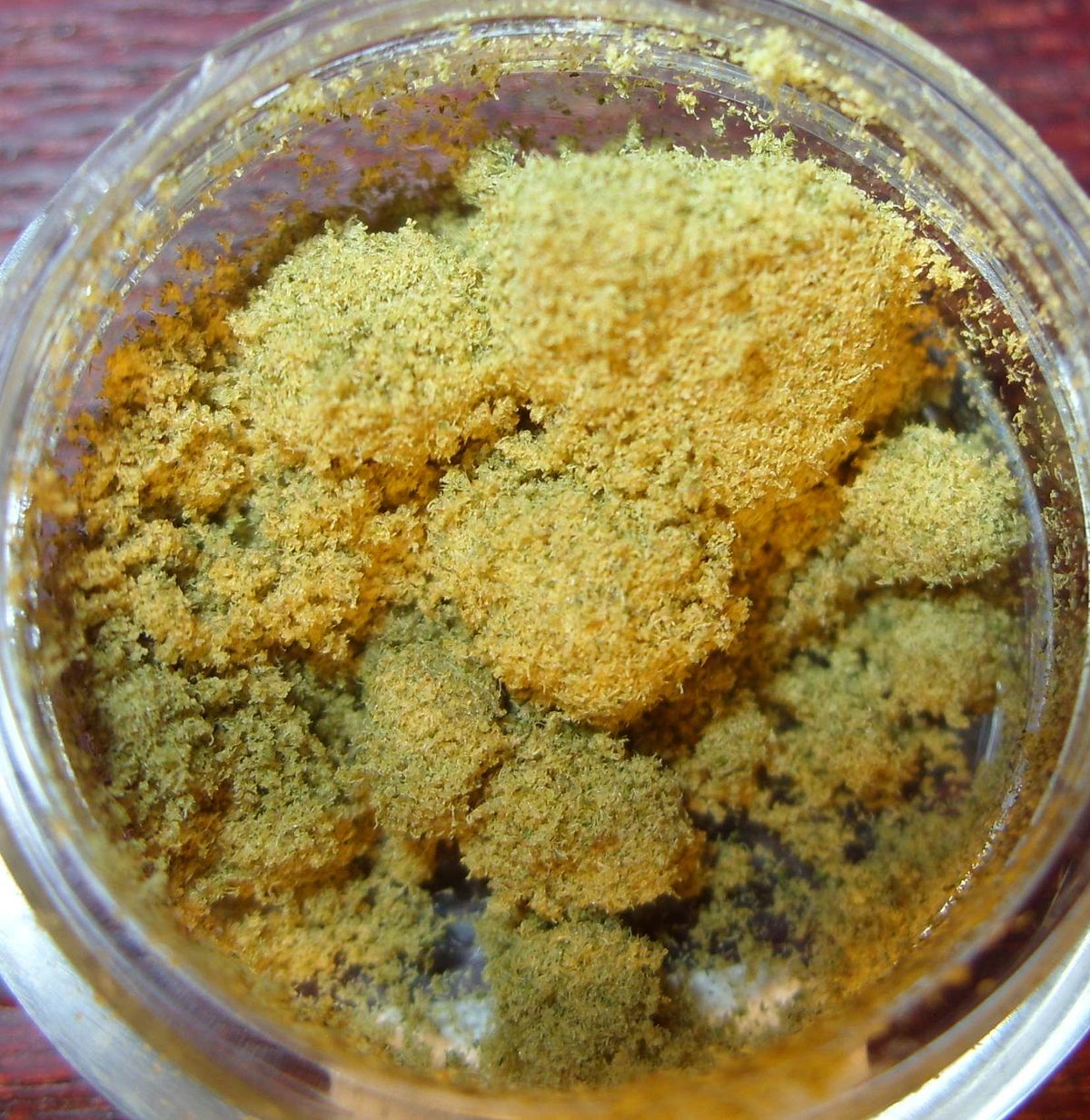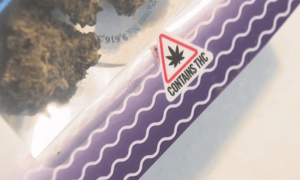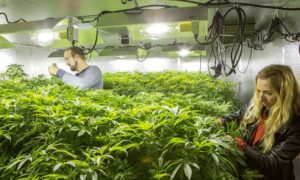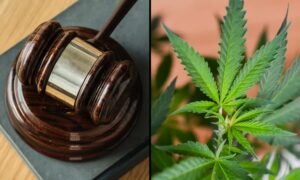Master cultivator, Jorge Cervantes, unlocks the mysteries of CO2 kief separation.
The primary goal of any extraction method is to separate the cannabinoid-rich resin of the cannabis plant from the inert plant matter. In this extraction process, dry CO2 literally freezes the resin glands on the plant, making them easy to shake loose from foliage. These frozen glands fall through a 120- to 220-micron mesh sieve and are collected in a container below.
Done properly, CO2 extraction is exceptionally efficient, and the most common method of small-scale CO2 extraction is dry-ice separation.
A Few Notes on Dry Ice
Dry ice is actually solidified CO2 gas. It’s super cold, because the freezing point of CO2 is very low, and it must be kept in specialized freezers that are even colder.
When not kept in a frozen state, dry ice doesn’t melt — it “sublimes” or “sublimates.” That means it transforms directly from a solid to a gas without going through a liquid state. This unique feature, along with its super-cold temperature, makes it ideal for CO2 separation.
As a safety note, remember that dry ice is so cold that it can cause frostbite on contact, so always handle with gloves and wear eye protection.
Getting Started
The following step-by-step technique is excellent for processing and preserving large quantities of leaf and small buds that might otherwise go to waste. In simple experiments, this method yields 15 to 18 percent of the source material’s weight in the final product —kief.
As with any kief or concentrate, that final product is contingent on the original buds. Resinous buds make the best kief. Lower-quality leaf and buds make lower-quality kief. The final product can be of many grades, but the first few shakes will always yield the highest quality. These smaller sieves (120, 160, etc.) let less green matter through. Larger mesh (200, 220, etc.) lets a lot through!
And always remember to shake over a large, flat mirror or large, smooth surface. Such an area makes it easy to scrape up kief.
Making Dry-Ice Kief
Step 1: Place a few chunks of dry ice directly into a container. A can would work. Add about 3 times as much leaf and small buds to the container and let the pieces of dry ice mix with the chilled cannabis so it freezes the resin glands. The cannabis should be as intact as possible, so don’t grind it up.
Step 2: Use a Bubble Bag (or something similar with a 160-micron mesh sieve) to cover the opening of the container. The sieve end of the bag should be secured so it is pulled taut over the opening of the container.
Step 3: Holding the container right-side-up, shake the CO2 cannabis mixture in the can so the chunks of dry ice break up and freeze the supercooled cannabis.
Step 4: Turn the container upside down so the sieve is facing the mirror below. Shake the container for a few seconds or up to 5 minutes. During this time white vapor should emerge from the container as the CO2 sublimes and resin glands slide through the sieve onto the mirror.
The first couple of shakes you’ll get top-quality resin glands. The resulting powder progressively turns to green leaf matter. Shake the container a few times so that the highest-quality kief passes through the sieve. Collect this kief before progressing to the next grade. Repeat process as many times as desired and keep separate jars for different potency grades
Step 5: Remove any remaining pieces of dry ice. Scrape kief still stuck to the sieve and the inside of the container onto the mirror. Scrape all this kief into a pile and store it in a glass container to use for cooking. This hash is lower quality and contains contaminants, but the cannabinoids are concentrated in the final product when you cook with it.
Link – Cannabis Now





































